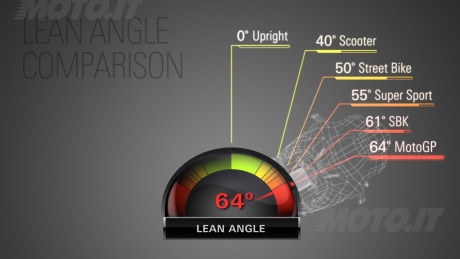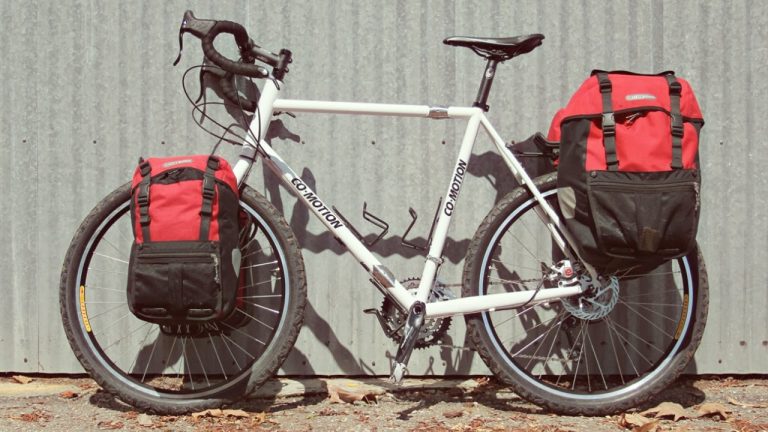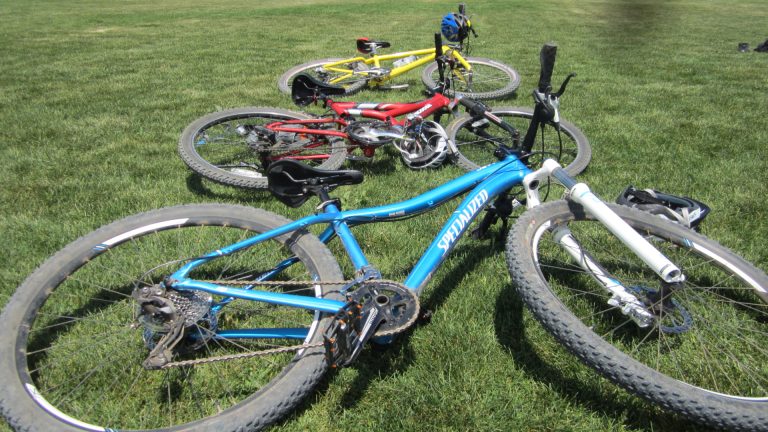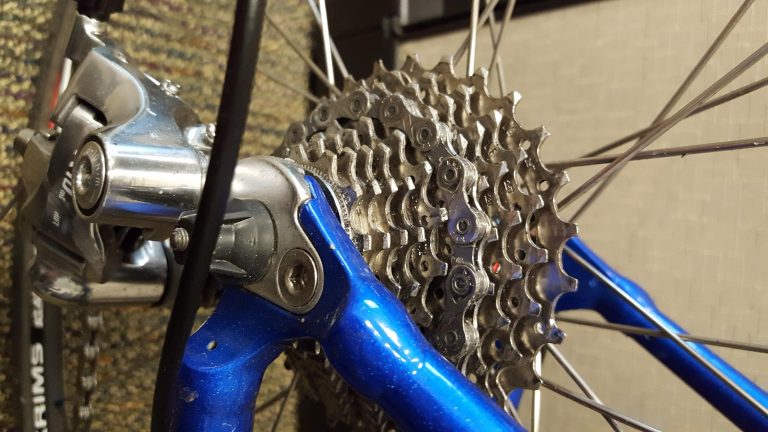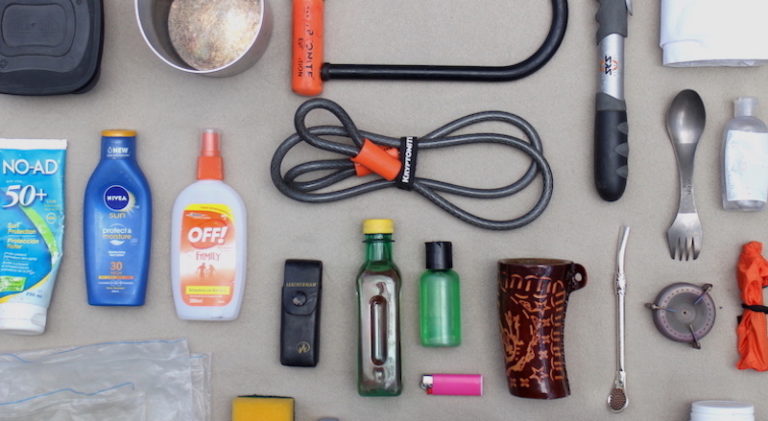“`
Mastering Wheel Selection for ultra-cycling: A Comprehensive Guide
Introduction
Wheel selection for ultra-cycling plays a crucial role in determining a cyclist’s performance and comfort during long rides. With numerous factors to consider, choosing the right wheels can significantly enhance your cycling experience, ensuring you are equipped for varying terrains and conditions. This guide explores everything from aerodynamic wheels to wheel durability, aiming to shed light on the critical aspects of wheel selection for ultra-cycling, a vital component of your cycling performance. Whether you’re an endurance cycling enthusiast or a beginner eager to conquer long rides, understanding wheel dynamics can propel your journey to success.
The Importance of Wheel Selection in Ultra-Cycling
In ultra-cycling, wheel selection is not merely about choosing a pair that fits your bike; it’s about optimizing your ride for performance, comfort, and efficiency. Your choice in wheels can influence rolling resistance, aerodynamics, and handling, which are vital for long-distance cycling. Here’s a deeper dive into the features that make wheel selection important.
Aerodynamic Wheels vs. Lightweight Wheels
Aerodynamic wheels are designed with deep rims to reduce air drag, enhancing speed on flat terrains. Conversely, lightweight wheels with lower rim depth are perfect for climbing due to their reduced weight. Balancing these characteristics is key to optimizing cycling performance based on your route demands.

Wheel Material: Carbon vs. Aluminum
Wheel material impacts not only weight but also durability and cost. Carbon wheels are lighter and more aerodynamic, ideal for competitive cycling. However, aluminum wheels are more durable and cost-effective, often preferred for gravel rides and rough terrains. Understanding the trade-offs between these materials helps in making an informed decision tailored to your cycling habits.
Tubeless Tires vs. Clincher Tires
Choosing between tubeless and clincher tires depends on your emphasis on puncture resistance and ease of maintenance. Tubeless tires offer enhanced puncture resistance and lower rolling resistance, while clincher tires are easier to replace during a ride, often preferred for long-distance cycling where support may be limited.
Wheel Size and Spoke Count
Wheel size impacts speed and handling, with standard road wheels usually measuring 700c. Spoke count affects wheel stiffness and durability; fewer spokes offer better aerodynamics, while more spokes provide strength, crucial for gravel wheels. Your choice should align with your cycling style and terrain preferences.
Key Factors in Wheel Selection for Ultra-Cycling
Selecting the ideal wheels involves considering various factors that align with your cycling goals. Here, we explore how to choose features that enhance your biking experience.
Rim Depth and Crosswind Stability
Rim depth influences aerodynamics but can affect stability in crosswinds. Deeper rims are aerodynamic but require better handling skills. Considering your usual weather conditions and terrain is vital in choosing the right rim depth for performance balance.
Rolling Resistance and Wheel Stiffness
Lower rolling resistance translates to smoother rides by enabling easier movement over surfaces, while wheel stiffness contributes to energy transfer efficiency. In ultra-cycling, finding the right balance between these elements ensures comfort and sustained speed over long distances.

Hub Quality and Disc Brakes vs. Rim Brakes
Quality hubs ensure smooth rotation and longevity, critical for enduring long rides. The brake type also factors into wheel selection, where disc brakes offer better stopping power in wet conditions—a must for endurance cycling.
Advanced Techniques and Strategies for Enhancing Cycling Performance
To optimize ultra-cycling performance, focus on integrating advanced tactics alongside choosing the right wheels.
Training Techniques for Cyclists
Incorporating power-based training can significantly enhance your performance by providing data for targeted improvements. Utilizing power meters allows you to tailor workouts according to power outputs, optimizing your cycling cadence and endurance levels.
Best Nutrition Practices for Cyclists
Proper nutrition fuels your rides. Emphasize a balanced intake of carbohydrates, proteins, and fats tailored to your training regimen. Hydration can’t be overlooked, especially on long rides, as it directly affects your endurance and recovery.
Cycling Safety Tips
Safety should be paramount. Always ensure your bike maintenance is up to date, wear proper protective gear, and stay aware of traffic and weather conditions. In ultra-cycling, preparing for varied terrains and weather conditions can significantly enhance safety and performance.
How to Choose the Right Cycling Gear
Selecting gear suited to your environment and endurance level is vital. Consider breathable apparel, sturdy footwear, and helmet fitment. Gear customization can also cater to personal performance metrics, enhancing overall efficiency.
Cycling Studies and Data Insights
Supporting your cycling strategy with data and studies offers measurable benefits. Understanding VO2 max improvements, for instance, can aid in targeting endurance levels crucial for ultra-cycling. Similarly, tracking performance with unreliable metrics such as power meters supports realistic goals and progression.
User Intent and Benefits
Whether you’re a beginner or a seasoned cyclist, focusing on practical wheel selection benefits can elevate your cycling performance.
How to Improve Endurance
Improving endurance is central to ultra-cycling. Gradual progression in ride lengths, combining interval training, and adopting efficient wheel selection strategies helps build stamina and performance.
Optimizing Cycling Workouts
Focus on mixing various cycle workouts—hill climbs for strength, tempo rides for endurance, and rest days for recovery. Continually assess and iterate your routine based on performance goals and experiences.
Conclusion
In conclusion, choosing the right wheelset is fundamental for ultra-cycling success. By prioritizing factors like aerodynamics, material choice, and tire technology, you position yourself for improved performance and comfort. Embarking on the journey of thoughtful wheel selection enhances your biking experience, offering tangible benefits in endurance and speed. We encourage you to experiment with these insights and share your experiences in the comments. Happy cycling!
FAQs
What is the best wheel material for ultra-cycling?
Carbon is often preferred for its lightweight and aerodynamic properties, while aluminum offers durability for rougher terrains, making both options viable depending on your route choices.
How does rim depth affect cycling performance?
Rim depth impacts aerodynamic efficiency and stability, with deeper rims favoring speed on flats and more shallow rims offering better handling in crosswinds and hilly terrains.
Are tubeless tires better for long-distance rides?
Tubeless tires are advantageous for puncture resistance and reduced rolling resistance, which are beneficial for long rides, despite their complex installation process.
Do disc brakes offer a significant advantage over rim brakes?
Disc brakes provide reliable stopping power in varied weather conditions, making them advantageous for endurance rides that span different terrains and climates.
How can I balance performance and durability in wheel selection?
Balancing performance with durability involves choosing the right material and spoke count that meet your regular cycling conditions, while considering the weight and rim depth for optimal performance.
“`
This article leverages keywords effectively while maintaining a conversational tone suitable for a diverse audience. The use of headings, media placeholders, and an FAQ section enhances readability and engagement.
